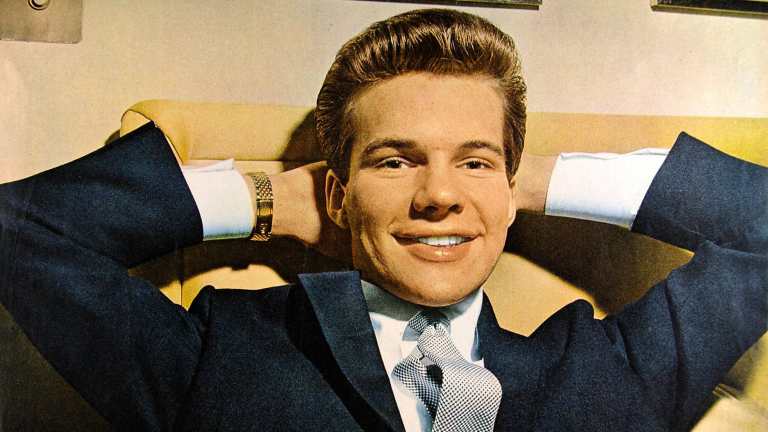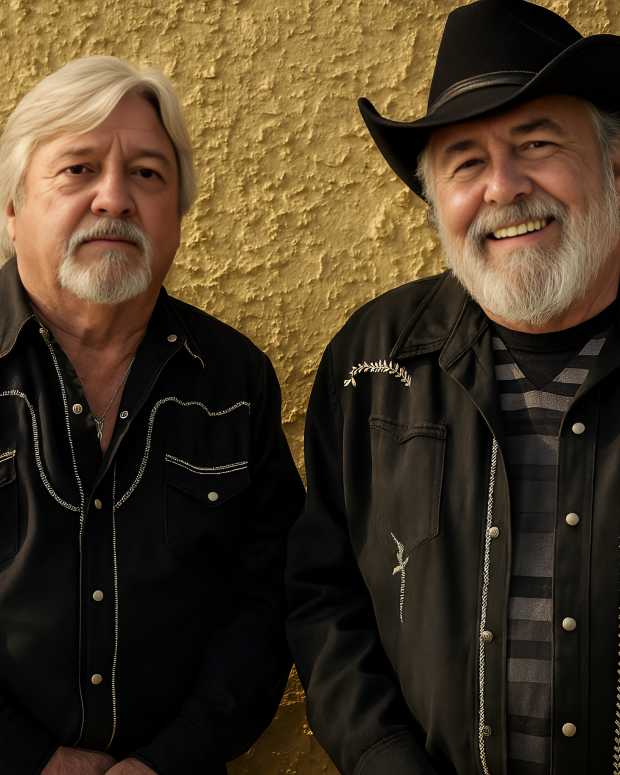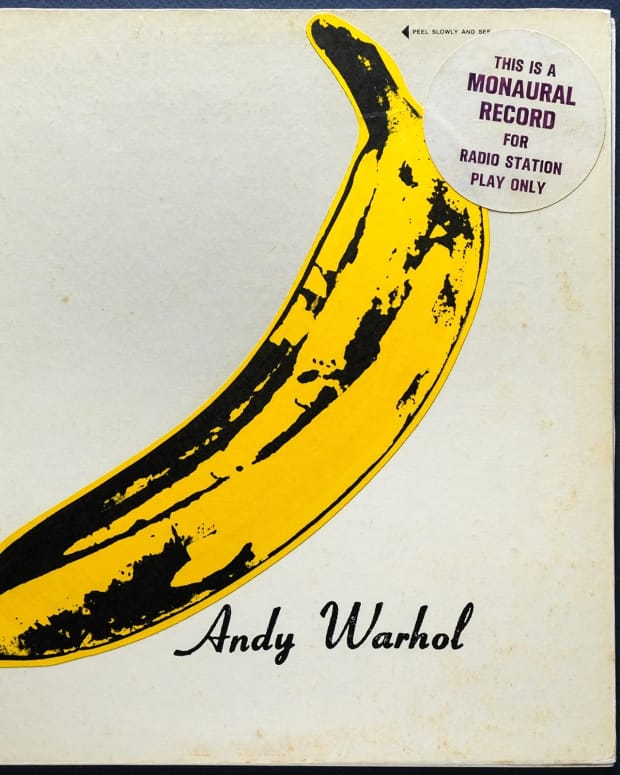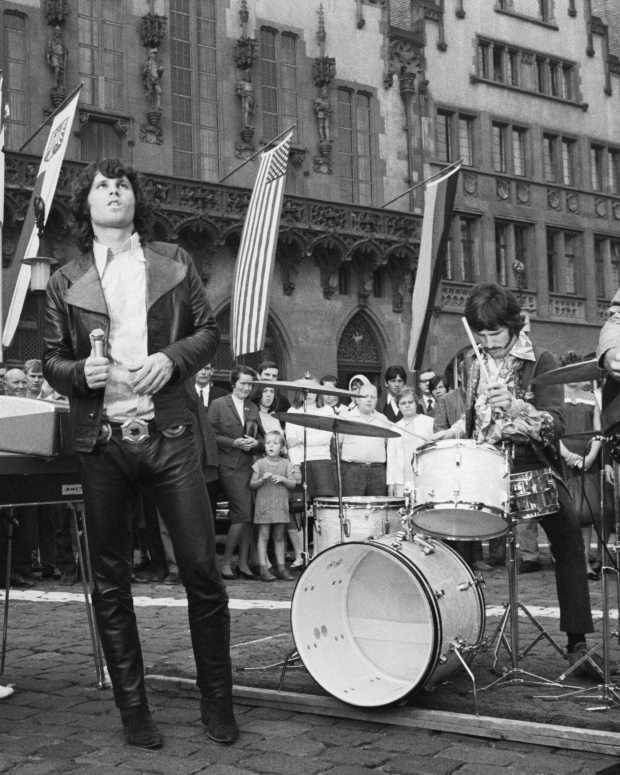
A celebration of Bobby Vee
By Warren Kurtz
Bobby Vee
Flip side: I May Be Gone
A side: Beautiful People
Top 100 debut: November 18, 1967
Peak position: 37
Liberty 56009
In October 2016, we lost Robert Velline, a name shortened to Bobby Vee, at the age of 73. It was the 1959 death of Buddy Holly which led to the birth of Bobby Vee as a recording act. After Buddy Holly’s plane crashed, Bobby Vee was asked to fill in the slot for the scheduled show in his hometown of Fargo, North Dakota, due to knowing the lyrics to Buddy Holly songs. An executive from Liberty records was impressed and signed Bobby Vee to a long and successful career with the label. From 1959 through 1970, he had 30 Liberty singles in the Top 100 plus including flip sides also making the lower range of the Top 100. After Top 10 hits “Devil or Angel” and “Rubber Ball,” Bobby Vee had his first gold record and sole number one hit in 1961 with the Carole King composition “Take Good Care of My Baby.” The songs “Run to Him” and “The Night Has a Thousand Eyes” reached the Top 10 over the next of couple years. The song “Charms” seemed to have a soothing Polynesian flavor and reached the Top 20 in 1963.
In 1967, Bobby Vee recorded a song written by Martha Sharp, who had written a pair of hits for Sandy Posey the prior year, called “Come Back When You Grow Up.” This hit became Bobby Vee’s second gold single and seemed to perfectly capture the sound and mood of the late summer into fall, spending three months in the Top 40.
For the follow up single, a composition by Kenny O’Dell called “Beautiful People” was chosen. The light arrangement sounded like what later would become the Joe Raposo composition “Sing” for the children’s show Sesame Street, and a gold single for the Carpenters in 1973. The inclusiveness and love offered in the song seemed to perfectly end the year that brought “the summer of love.” Unexpectedly, the composer also released a version of the single and they both debuted in the Top 100 on the same day. The competition between the Bobby Vee version and the Kenny O’Dell version seemed to cancel each other from broader success and they both also entered the Top 40 on the same day in mid-December, and peaked in the 37 to 38 range. Kenny O’Dell later went on to write country hits including Charlie Rich’s “Behind Closed Doors” and the Judds’ “Mama He’s Crazy.”
The flip side of Bobby Vee’s “Beautiful People” was one of his compositions “I May Be Gone.” It had a creative mix of folk, jazz, and blues, with time signature changes, a bit of Del Shannon eeriness, and a touch of pre-Santana fusion. This song and the flip side to follow, “You’re a Big Girl Now,” showed that in addition to being a successful singer, Bobby Vee had developed as an equally creative songwriter.
Visit the Goldmine store — it is a music collector's one-stop shop of vinyl, CDs, box sets, collectibles, collecting supplies, audio equipment, music history books and Goldmine-only exclusives. Click HERE!











